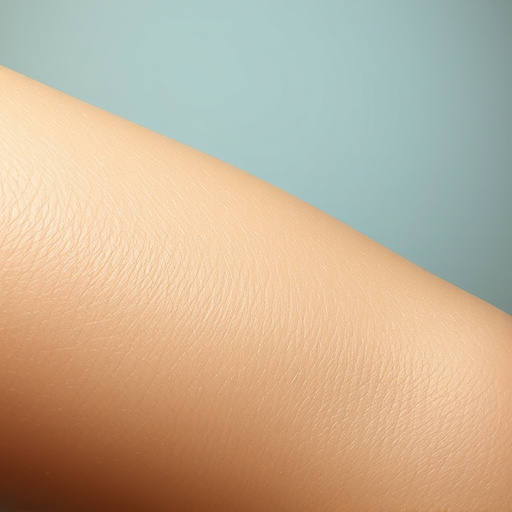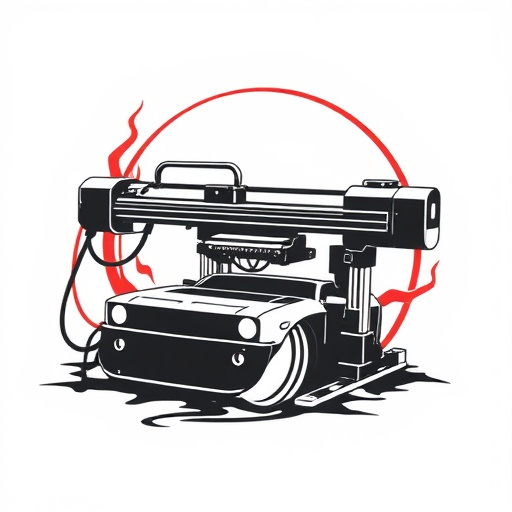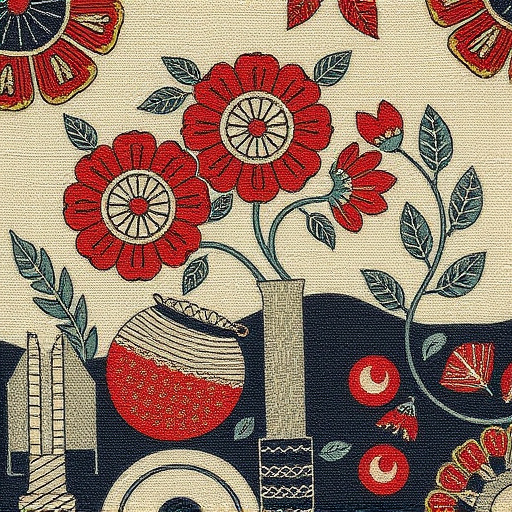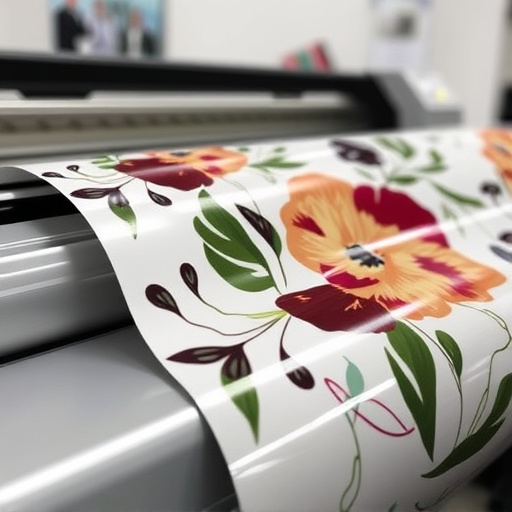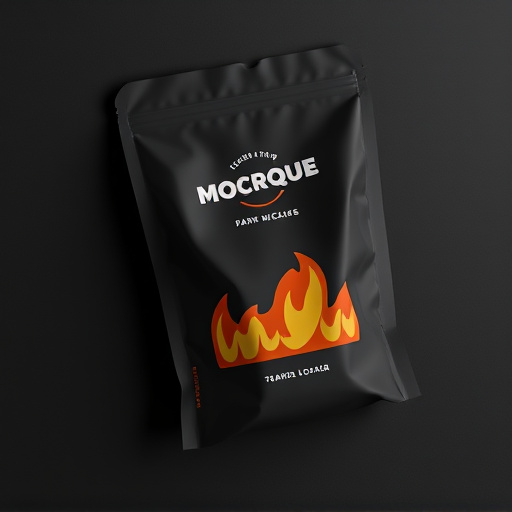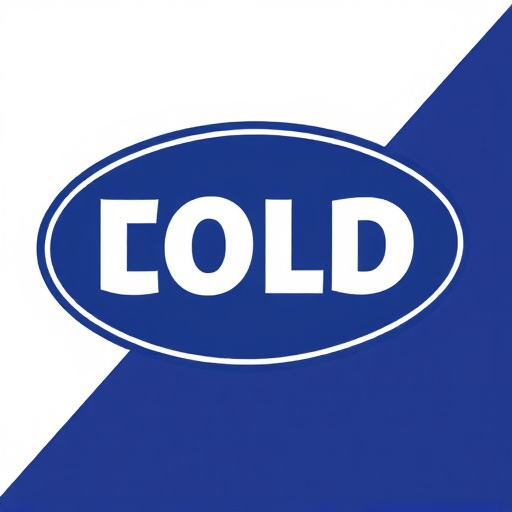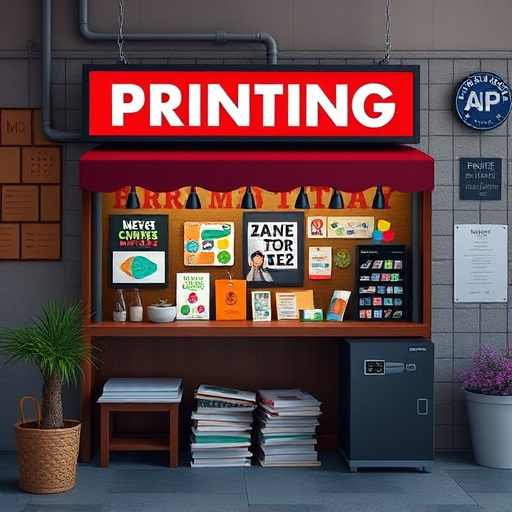Direct-To-Fabric (DTF) durability is a revolutionary printing technology enhancing garment quality and brand loyalty. By transitioning to DTF, businesses can produce vibrant, long-lasting designs on various fabrics, reducing waste and energy consumption compared to traditional methods. This eco-friendly approach, coupled with improved efficiency and accuracy, positions DTF Durability as a key strategy for sustainable growth in competitive markets, especially with promising future technological advancements.
“In an era where business landscapes are ever-shifting, ensuring long-term resilience is paramount. This article explores the next steps for businesses looking to integrate DTF Durability into their strategies. We delve into ‘Understanding DTF Durability: Unlocking Business Resilience,’ provide a comprehensive ‘Implementing DTF Strategies’ guide, and examine ‘Measuring Success and Future Prospects.’ By embracing DTF Durability, enterprises can navigate challenges with adaptability and strength.”
- Understanding DTF Durability: Unlocking Business Resilience
- Implementing DTF Strategies: A Step-by-Step Guide
- Measuring Success and Future Prospects with DTF Durability
Understanding DTF Durability: Unlocking Business Resilience
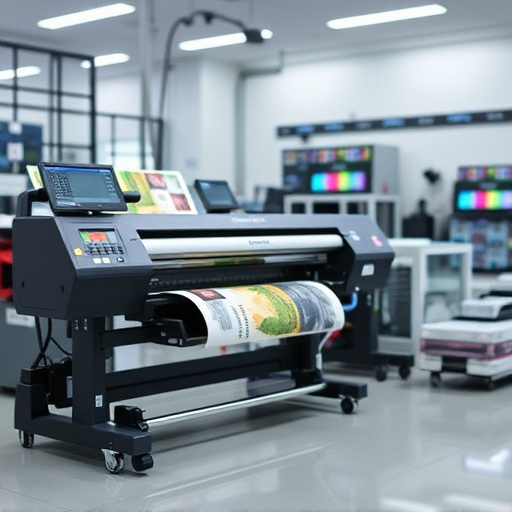
Understanding DTF Durability: Unlocking Business Resilience
DTF Durability, or Direct-To-Fabric (DTF) printing, offers a revolutionary approach to enhancing business resilience through superior fabric durability. This cutting-edge technology ensures that printed designs not only retain their vibrancy but also withstand the rigors of daily wear and tear. In the context of t-shirts, DTF for t-shirts provides an unparalleled level of quality, making it ideal for bulk DFT shirt production. The process involves precisely applying inks directly onto the fabric’s surface, creating a bond that is both strong and long-lasting.
By adopting DTF printing for light fabrics, businesses can tap into a versatile solution suitable for various products beyond just t-shirts. This technology ensures that every print job is durable, enabling companies to maintain high standards across their entire product line. With DTF Durability, businesses can confidently cater to customers seeking resilient, well-designed garments, fostering brand loyalty and driving growth in today’s competitive market.
Implementing DTF Strategies: A Step-by-Step Guide
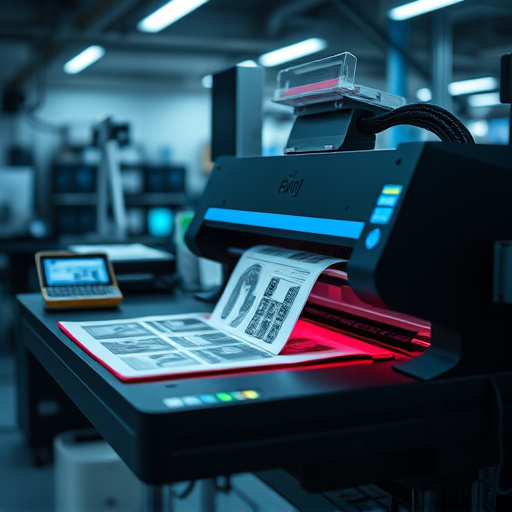
Implementing DTF (Direct to Fabric) durability strategies can transform your business’s approach to garment printing and ensure long-lasting, high-quality results. Here’s a step-by-step guide to help you navigate this process effectively.
Begin by assessing your current printing methods and identifying the areas where DTF can bring improvements. Switch from traditional printing techniques to DTF for Apparel, which offers superior durability and vibrant colours. This shift ensures that the designs on your products last longer, preserving their aesthetic appeal over time. Next, invest in high-quality dtf transfer sheets, a crucial component for achieving optimal results. These sheets are designed to withstand washing and wear, ensuring the printed designs remain intact. By following these initial steps, you’re laying the foundation for successful DTF implementation, bringing your business one step closer to enhanced durability and customer satisfaction.
Measuring Success and Future Prospects with DTF Durability
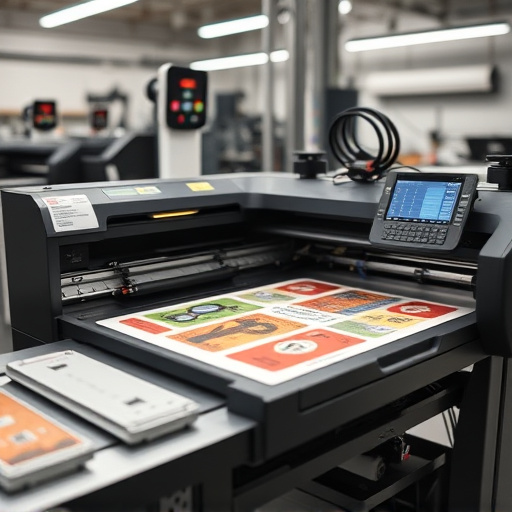
Measuring success with DTF Durability involves more than just the quality of the final print; it encompasses the entire production process and its environmental impact. Businesses should set clear metrics to evaluate the effectiveness of their DTF printing for hoodies or apparel, such as reduced waste, energy consumption, and carbon footprint compared to traditional methods. By tracking these parameters, companies can ensure they’re not only achieving higher standards in dtf prints but also contributing positively to sustainability.
Looking ahead, the future prospects of DTF Durability are promising, especially with advancements in technology. As DTF for apparel gains more traction, we can expect to see innovations that enhance efficiency, accuracy, and eco-friendliness. This could lead to even more diverse applications, making dtf prints accessible and desirable across various industries. Businesses that adapt to these changes early will be well-positioned to capitalize on the growing demand for sustainable and high-quality printing solutions.
DTF Durability is not just a trend but an essential strategy for businesses aiming to thrive in an ever-changing market. By understanding and implementing its principles, companies can enhance their resilience and adaptability. The step-by-step guide provided offers a roadmap for success, while measuring success opens doors to future prospects. As businesses embrace DTF Durability, they position themselves for long-term growth, ensuring they remain competitive and relevant in an evolving business landscape.







